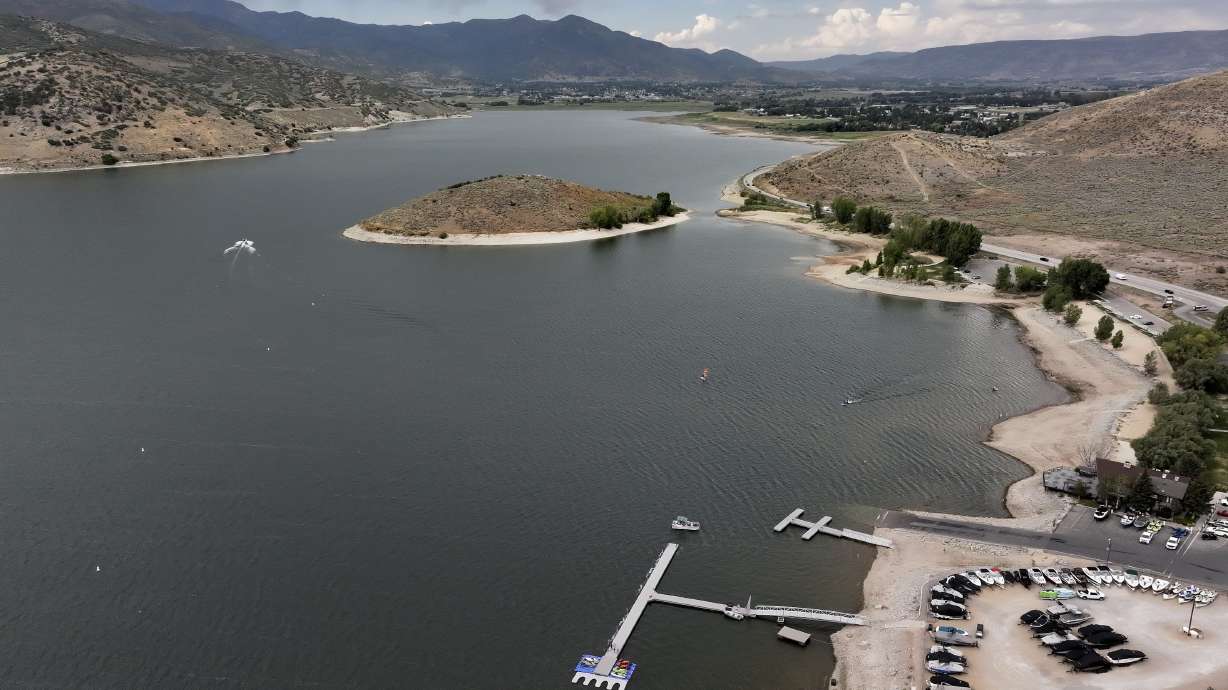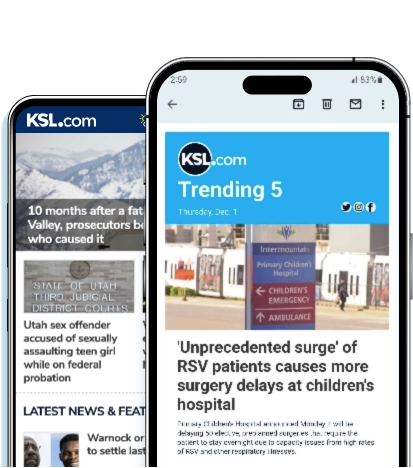- Utah's reservoirs are depleting faster due to early snowmelt and summer heat.
- Reservoirs are 81% full, but some smaller ones are below 35% amid a worsening drought.
- Summer monsoons could benefit the state in some ways, but water managers urge conservation for reservoirs.
SALT LAKE CITY — Summer might be just getting underway, but Utah water managers say they're already seeing some trends typically seen later in the season.
Outflows from the state's reservoirs are outpacing inflows earlier than usual, following an early end to the state's spring snowmelt, said Candice Hasenyager, director of the Utah Division of Water Resources, in a water update on Tuesday.
"That pattern typically sets in later in the summer, but this year's heat is accelerating things," she said. "Across all sectors, we need to look for ways to be efficient with our finite water supply."
Utah's reservoir system remains about 81% full, which is eight percentage points above the median average but 10 percentage points below last July's level. Many large reservoirs remain above 80%, but a handful of smaller reservoirs across the state have now slipped to 35% or lower, including the Woodruff Creek and Woodruff Narrows reservoirs in northeast Utah, as well as Gunnison, Minersville, Piute, Upper Enterprise and Yuba reservoirs in central and southern Utah.
Lake Powell — the nation's second-largest reservoir, but not included in the statewide figure — also remains just 34% full.
The lower numbers are tied to warmer temperatures and drier conditions this year. Utah averaged a temperature of 41.9 degrees Fahrenheit over the first five months of the year, which is among the 10 warmest starts through May since 1895, per National Centers for Environmental Information data. It also averaged 4.39 inches of precipitation during that time, which was the 20th driest in 131 years.

June data is still being calculated statewide, but Salt Lake City ended the month 3.4 degrees above normal and 0.79 inches of precipitation below normal, representing some of the warmer and drier conditions across Utah's northern half, per the National Weather Service.
Drought conditions have also worsened with the two trends in place. Over 90% of the state is listed as being in either moderate or severe drought, while the rest is classified as "abnormally dry," according to the U.S. Drought Monitor. That's compared to almost 1% in drought at the start of July last year.
It prompted Gov. Spencer Cox to call on Utahns of all faiths to pray for rain and conserve water, especially as Utah has dealt with a more active fire season than in recent years. Some relief is possible with monsoons this summer, especially as trends show the potential of storms returning this month, but summer showers typically ease soil moisture levels, fire risk and lower evaporation rates rather than adding to the state's water supply.
Although reservoirs are mostly full, Hasenyager is also calling on residents to take steps to reduce water consumption amid the dry conditions.
"We want our lawns and gardens to look nice, and there are ways to do this through smart planning and new technologies that save water," she added.









